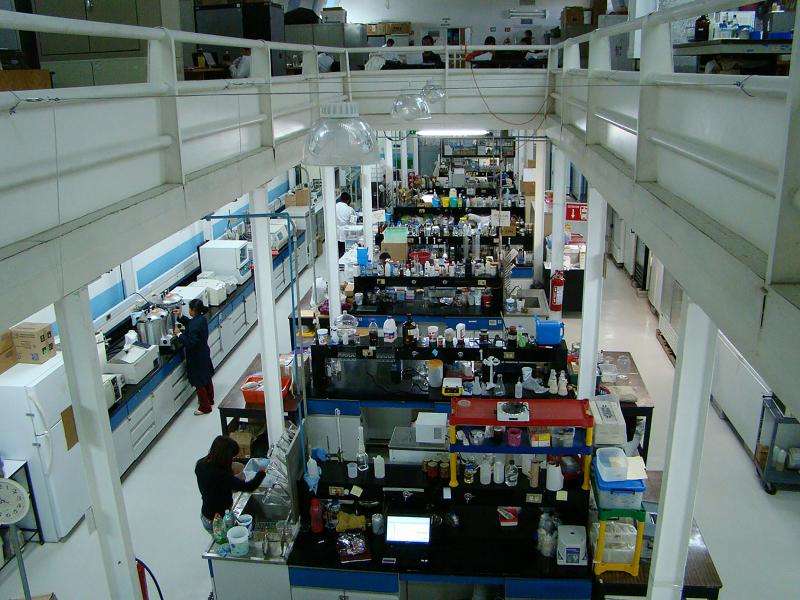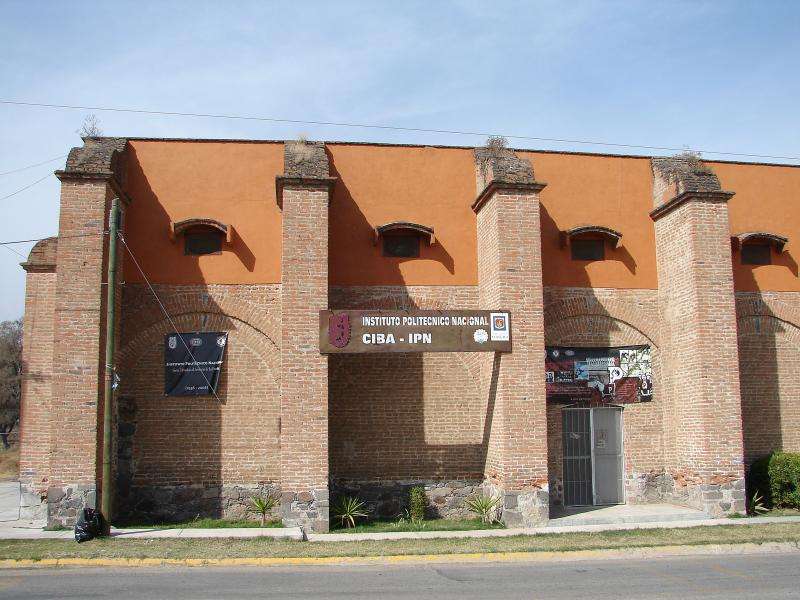Devices designed to identify pathogens in food

Researchers at the National Polytechnic Institute (IPN) in Mexico have developed a technology capable of identifying pathogens in food and beverages. This technique could work in the restaurant industry as a biosensor to detect in what conditions food is before being eaten in order to avoid possible gastrointestinal diseases.
Abdu Orduña Diaz, a researcher at IPN, carried out this work on the microfabrication of biosensors, devices with applications in biology. This system can be developed to identify pathogens in food or beverages, as well as analyze the presence of pesticides in the agricultural sector.
The biosensor is an analytical tool or system composed of a biological material that may be an enzyme, antibody, DNA, whole cell, organelle, or combinations thereof. Once it comes into direct contact with a transducer system, it converts the biochemical activity to be analyzed in a quantifiable signal.
The specialist of the Center for Applied Research in Biotechnology (CIBA-Tlaxcala) of the IPN explains that the development of these spectroscopic techniques include infrared sensing, which is versatile, non-destructive, and easy to use. It is based on the interaction of radiation with matter and is a safely controlled radiation that does not affect the person who handles it.
"When radiation interacts with matter, it generates reactions. We analyze them and obtain information on the sample investigated. Such techniques can be applied in the development of optical biosensors," indicated the Polytechnic specialist.
One application would be focused on the detection of pathogens in food. This technology could work in the restaurant industry as a biosensor capable of detecting food conditions prior to serving in order to avoid possible gastrointestinal diseases.

"The tool could tell us whether the product is free of microorganisms, like bacteria such as E. coli or salmonella."
The investigation is in an intermediate stage of the analysis of materials transducers, and in the near future could become available, once it is feasible to build thousands of BioMEMS chips at low cost.
This technology could also be applied to the detection of toxins or pesticides.
Provided by Investigación y Desarrollo


















